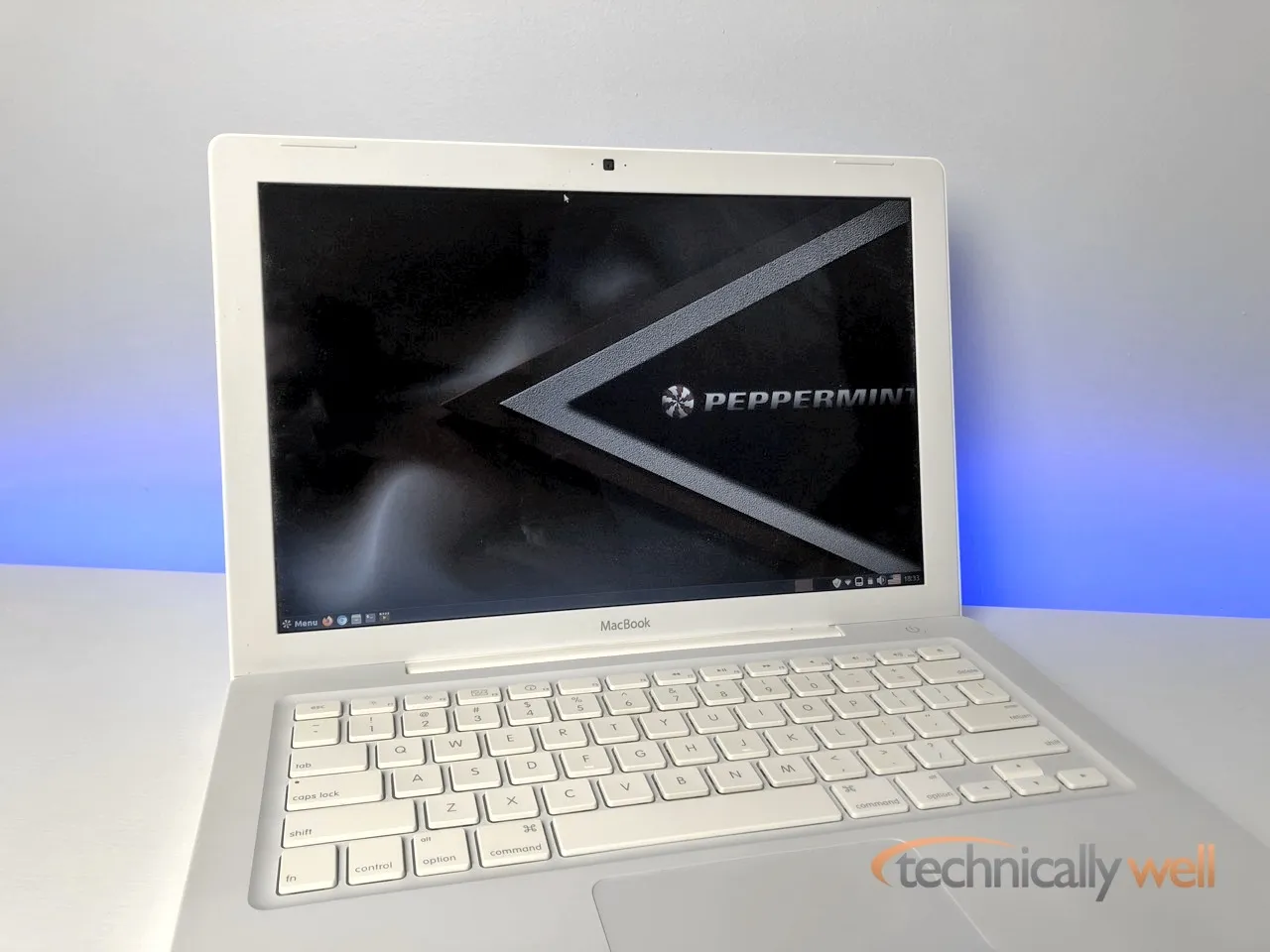
Installing Linux Ubuntu 18.04 on a 2008 MacBook (4,1)
As an Amazon Associate, we earn from qualifying purchases at no cost to you.
My Early 2008 MacBook was my gateway drug into the world of Macs. Shortly after seeing how everything “just works” with my MacBook after years of Windows Vista hell, I made the full transition to Apple.
However, this 12-year-old MacBook no longer receives macOS updates and is stuck with Snow Leopard. So I decided to do a little experimenting by installing Linux on the device.
For this article, I’m using a new hard drive and keeping the old one in case I want to swap it back in later. If you’re going to use the same hard drive, please be sure to backup any documents, photos, etc before beginning!
Be sure to backup any files you want to keep from your MacBook before you start!
Step 1: Choose your Linux distro
I decided to go with Peppermint OS 10, a Linux distro based on Ubuntu 18.04 LTS. I picked this as I wanted something lightweight for the aging hardware of the MacBook 4,1 and I wanted a desktop that was a little “prettier” than Xubuntu’s default XFCE environment. I also really like their implementation of Single-Site Browsers (making web apps look like desktop apps). Of course, there are many great distros out there, so feel free to explore.
I downloaded the 64-bit ISO file from Peppermint’s website and used Unetbootin to write it to a USB drive. You can check out Peppermint’s great user guide for more details on this process.
Step 2: Install Peppermint OS
Before beginning the install process, I replaced the hard drive on the MacBook with a SSD drive to (hopefully) make the MacBook a little snappier with it’s new OS. This process was very easy.
I inserted the USB drive with the Peppermint OS’ image on it and powered on the MacBook while holding down “Option” until the Mac’s boot options showed. I selected the “EFI Boot” option with the USB symboled above it once it appeared.
The Peppermint OS desktop took forever to appear (more on how to fix this later), but once it did, I selected the “Install Peppermint OS” option on the desktop and went through the wizard to install it.
Since I’m using a new SSD drive, I selected the option to erase everything and install Peppermint. Be sure this is something you actually want to do and that you have a backup of any files you want to keep!
Next, I grabbed a cup of coffee while Peppermint is installed and the system rebooted.
Step 3: Fix some broken stuff
First issue: Long Boot Times
The extremely long boot times were infuriating, so I decided to address that first. I was constantly seeing messages like this at startup:
drm:drm_atomic_helper_wait_for_flip
A quick Google led me to a helpful page that provided the following instructions. Open the Terminal application and run:
sudo nano /etc/default/grub
On the line that starts “GRUB_CMDLINE_LINUX_DEFAULT,” add this kernel boot parameter after “splash” and before the ending quote:
video=SVIDEO-1:d
The line should now look like this:
GRUB_CMDLINE_LINUX_DEFAULT="quiet splash video=SVIDEO-1:d"
Save the file (CTRL+X and then Y to write file), then run:
sudo update-grub
sudo reboot
Once I restarted the computer, the login screen appeared in under a minute.
Second Issue: Flaky Wifi
I also began to notice that the WiFi would randomly stop working after a few minutes of web browser. To fix this, go to the menu, select System > Additional Drivers. Check the box to use the Broadcomm proprietary driver and click “Apply Changes”. Reboot the system and your WiFi should be much more stable.
So what are proprietary drivers and why are they off by default? Well, part of the beauty of Linux and Ubuntu is that it is open source, meaning anyone can look at the code and submit changes and find security bugs. However, some hardware manufacturers don’t want to give away company secrets and other proprietary information, so they release drivers that are not open source. Ubuntu will try to use open source drivers if it can, but you can still choose to use proprietary drivers if you find any issues with the open source drivers, which is what happened to me in this case.
Summary
Running Peppermint OS on my 2008 white MacBook actually works surprisingly well. It’s definitely not as fast as today’s laptops and Chromebooks, but it works fine for basic web browsing, development and word processing. I’m glad to give some new life to my MacBook and it’s otherwise solid hardware.
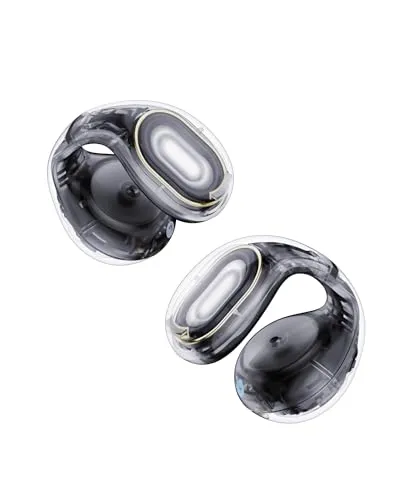
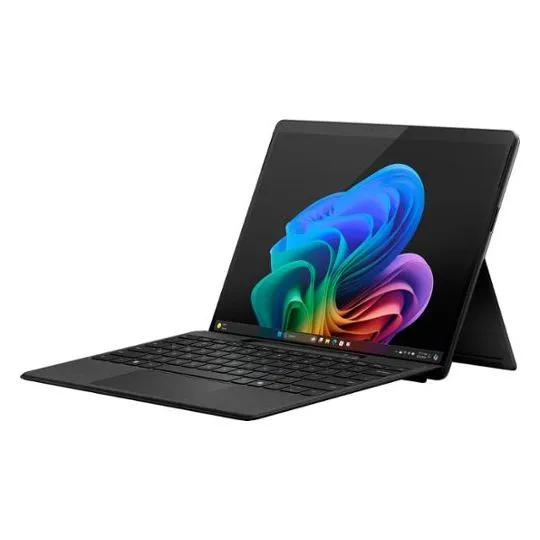
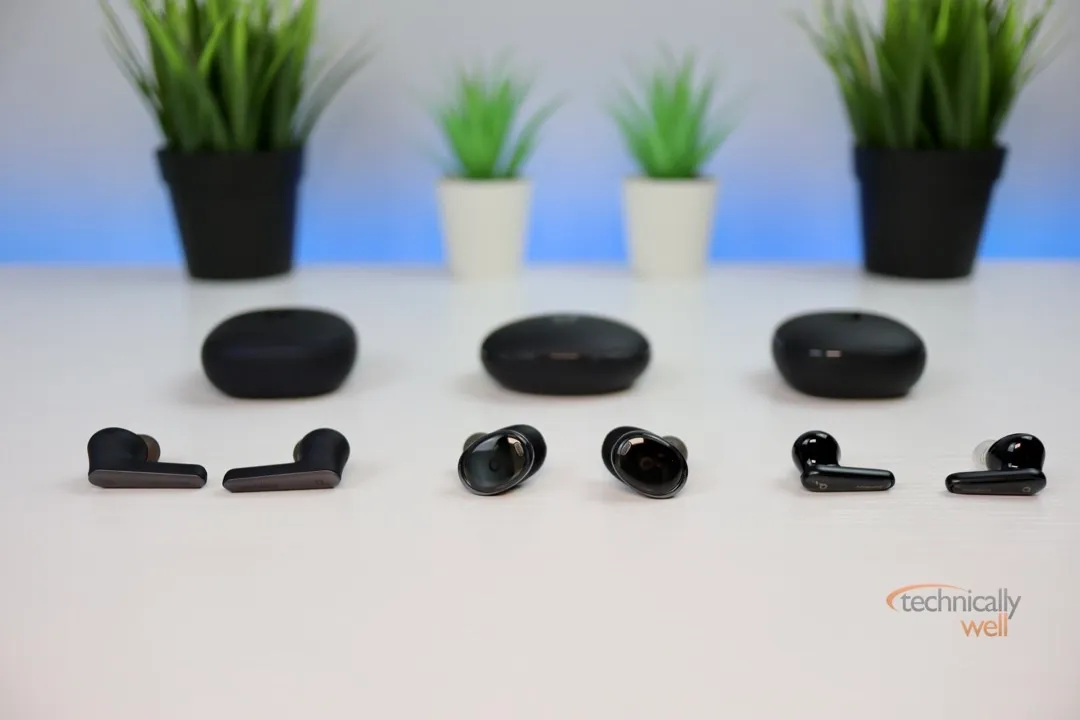
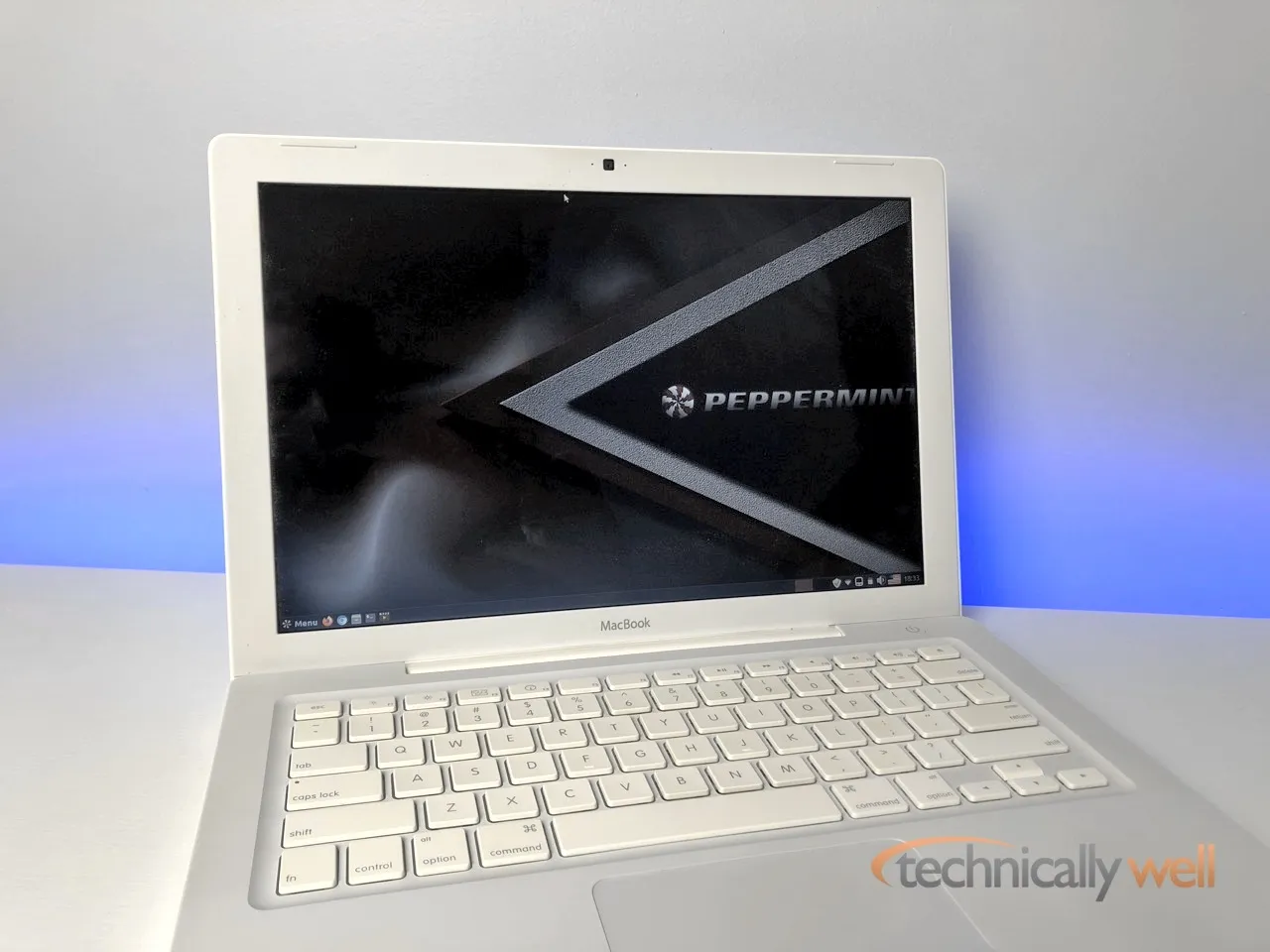
 Hi, I'm Ryan! I've worked in the IT industry for over two decades and I love checking
out new gadgets, apps, and services that make our lives easier.
Hi, I'm Ryan! I've worked in the IT industry for over two decades and I love checking
out new gadgets, apps, and services that make our lives easier.